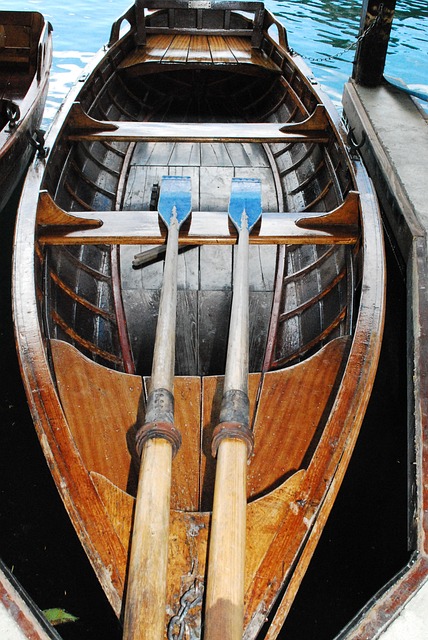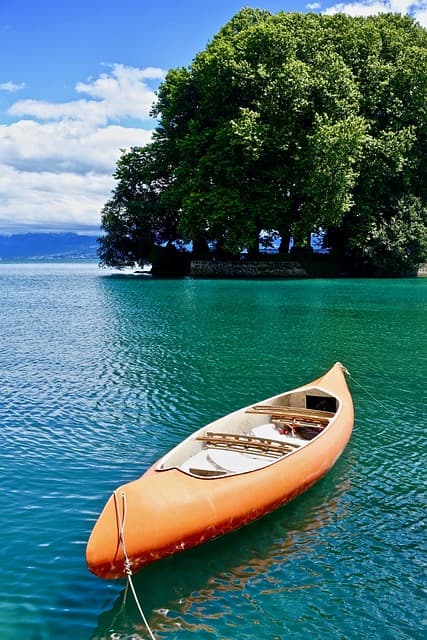Archaeologists claim that the history of small ships is more than 4,000 years old. It is a surprising fact, but different peoples at different times have vessels that are extremely similar in design. Try comparing a Chukchi and an Eskimo kayak, an American Indian canoe, an Australian shuttle boat and a Welsh and Irish coracle. All have a rigid wooden frame covered with a flexible and durable shell (animal skins or tree bark). Depending on the producing region, whalebone or animal veins held the structure together, and resin and whale oil served as a sealant. This is practically all that we know about ancient small ships. From antiquity also survived the concept of “skirt”, which was transformed into a sealed plug for the hatch and “Eskimo overturn” – an element of kayak overturning survival techniques.
Depending on the geographical location, climate and fauna of certain territories, kayaks, kayaks, anjapiki, umiaks and canoes differed somewhat in their design. The purpose of all vessels was the same – hunting, warfare, or transportation of goods and people.
One of the founders of modern kayaking was Scotsman John McGregor. He is considered the creator of modern canoe design. His canoe “Rob Roy” (that was the name of the Scottish robber McGregor was called) was 4.5 meters long and 0.7 meters wide. The canoe weighed 36 kilograms.
In 1866, John “Rob Roy” McGregor published a book, A Thousand Miles in a Rob Roy Canoe, where he promoted canoeing. “On foot,” the traveler wrote, “you cannot see the seas and rivers; when sailing, you are forced to stick to the fairway, and shallow waters will be inaccessible to you. When you are rafting in a canoe, you can go everywhere. On the river you will float it, on land you will drag it to the next body of water.”
McGregor’s concept of the canoe’s “all-passability” has been proven his entire life. “A thousand miles is a very modest figure for a man who has paddled many rivers and lakes in Central Europe, as well as the Baltic Sea, the Red Sea and the Suez Canal.



